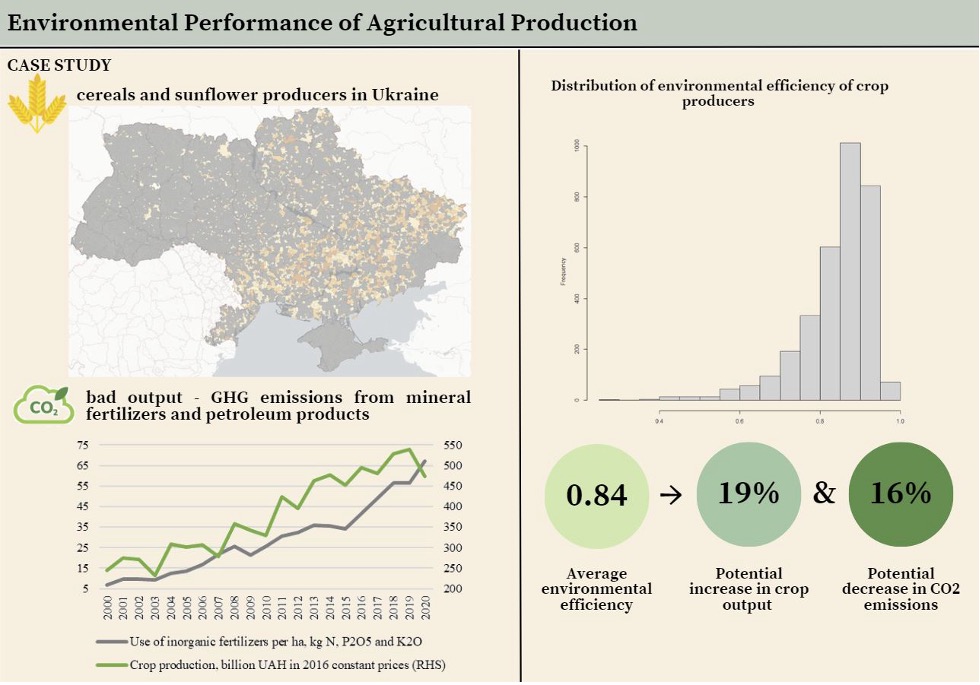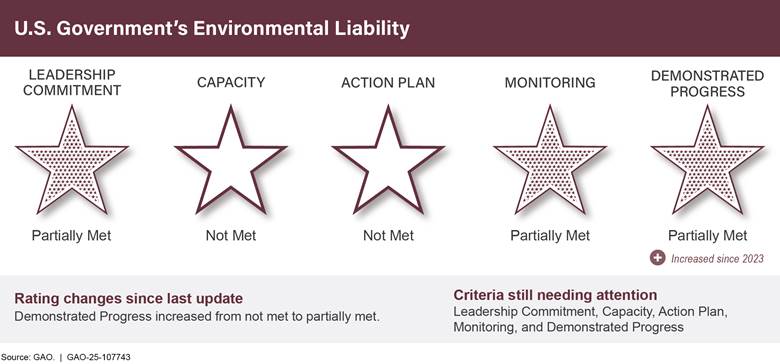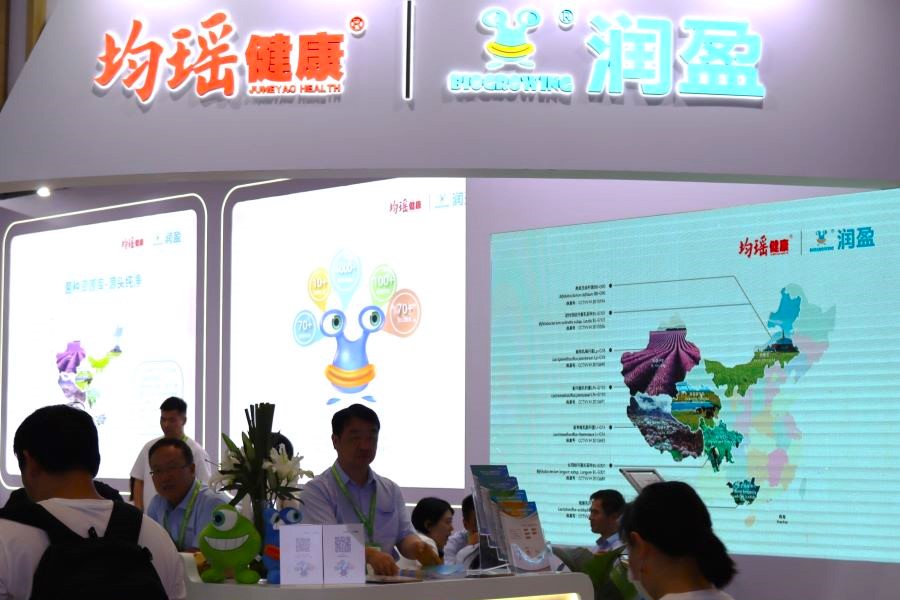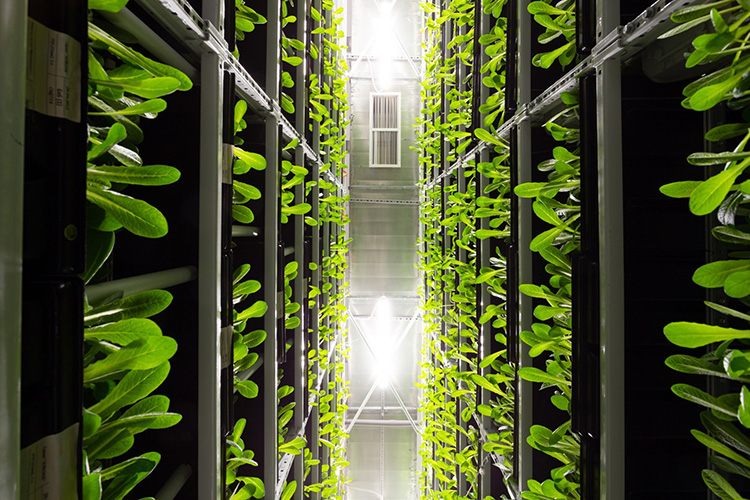Report on the Impact of Agricultural Mechanization Services on Smallholder Productivity and the Sustainable Development Goals
Introduction: Aligning Agricultural Modernization with Sustainable Development Goals
Achieving global food security, a cornerstone of Sustainable Development Goal 2 (Zero Hunger), faces significant challenges. Despite a quadrupling of agricultural output between 1961 and 2020, recent trends show decelerating productivity growth and rising food insecurity. Enhancing agricultural production efficiency is therefore a critical global priority. This challenge is particularly acute in nations like China, where smallholder farmers dominate the agricultural landscape. According to the Third National Agricultural Census, 98.1% of agricultural entities are smallholders, with most cultivating plots smaller than 0.67 hectares. Improving their productivity is essential for national food security and directly aligns with SDG Target 2.3, which aims to double the agricultural productivity and incomes of small-scale food producers.
The emergence of Agricultural Mechanization Services (AMS) represents a pivotal innovation for achieving these goals. By allowing specialized entities to manage discrete production stages, AMS facilitates the diffusion of modern technology, a key component of SDG 9 (Industry, Innovation, and Infrastructure). Unlike traditional ownership-based models that favor large farms, AMS provides smallholders with market-based access to capital-intensive machinery. This model decouples machinery use from ownership, reducing fixed costs and overcoming the barriers of land fragmentation. By doing so, AMS promotes more equitable access to technology, contributing to SDG 10 (Reduced Inequalities) and enhancing the livelihoods of rural producers, which is central to SDG 1 (No Poverty).
This report examines Labor-saving Agricultural Mechanization Services (LAMS), a subset of AMS focusing on outsourced operations like plowing, sowing, and harvesting. The rise of LAMS in China is driven by structural economic shifts, including rural labor outmigration to urban centers in pursuit of non-farm employment, a dynamic related to SDG 8 (Decent Work and Economic Growth). Concurrently, government policies such as High-Standard Farmland Construction (HSFC) have improved infrastructure, creating an enabling environment for mechanization. This study analyzes how LAMS, as an institutional and technological innovation, interacts with market conditions and policy frameworks to influence the technical efficiency of smallholder farmers, offering critical insights for achieving the 2030 Agenda for Sustainable Development.
Theoretical Framework: LAMS as an Innovation for Sustainable Agriculture
Conceptualizing Labor-Saving Agricultural Mechanization Services (LAMS)
LAMS are defined as outsourced machinery services provided by third-party organizations or households for a fee. Their primary advantage is the separation of machinery ownership from use, which lowers the significant capital investment barrier for smallholders. This model is an institutional innovation that addresses the structural inefficiencies arising from land fragmentation, labor scarcity, and capital indivisibility in smallholder agriculture. LAMS primarily function as a labor-saving technology, substituting mechanical power for manual labor in physically demanding tasks.
The impact of LAMS is assessed through Technical Efficiency (TE), which measures a farm’s ability to achieve maximum possible output from a given set of inputs. Improving TE is fundamental to sustainable agriculture, as it signifies a reduction in input waste and a more efficient use of resources, directly contributing to the objectives of SDG 2. LAMS enhances TE through several channels:
- Alleviating labor bottlenecks during critical planting and harvesting seasons.
- Improving the precision and timeliness of agricultural operations.
- Allowing farmers to reallocate scarce financial resources to other productive inputs like high-quality seeds and fertilizers.
By enabling smallholders to approach their production frontier, LAMS serves as a key mechanism for modernizing agriculture and enhancing food security.
Market Factors and Smallholder Decision-Making (Hypothesis 1)
From a market perspective, a farmer’s decision to adopt LAMS is a rational choice driven by cost-minimization and profit-maximization. Faced with rising labor costs and the high price of machinery, smallholders with fragmented landholdings often find purchasing equipment economically unviable. Individual ownership would lead to significant machinery overcapacity and underutilization, reducing overall resource allocation efficiency. LAMS offers a flexible and affordable alternative, enabling access to mechanization without the burden of ownership. This market-based solution is particularly crucial for resource-poor farmers, helping to reduce economic disparities and advance progress toward SDG 1 (No Poverty) and SDG 10 (Reduced Inequalities). Therefore, the efficiency gains from LAMS are expected to be most pronounced for farmers who lack the capital to own machinery themselves.
This leads to the first hypothesis:
- H1: The adoption of LAMS will more significantly improve the production efficiency of farmers who own less agricultural machinery.
Policy Factors: The Role of Infrastructure in Achieving SDG 9 (Hypothesis 2)
Government policy plays a critical role in creating an enabling environment for agricultural modernization. China’s High-Standard Farmland Construction (HSFC) project is a prime example of a strategic infrastructure investment aligned with SDG 9. The project aims to improve agricultural productivity by leveling terrain, consolidating fragmented plots, and improving infrastructure such as field roads and power supplies. These improvements directly address the physical barriers that hinder the use of large machinery on small, disconnected plots. By reducing land fragmentation and enhancing mechanization-friendliness, HSFC lowers the operational and transaction costs for LAMS providers, fostering the development of local service markets. The synergy between public infrastructure investment and private service innovation is expected to amplify the productivity benefits of mechanization, accelerating progress toward SDG 2.
This leads to the second hypothesis:
- H2: The HSFC project has a positive moderating effect on the relationship between LAMS adoption and agricultural production efficiency.
Data and Methodology for Assessing SDG Progress
Data Source and Sample
The analysis uses 2019 cross-sectional data from China’s National Rural Fixed Observation Point Survey, an authoritative longitudinal survey system covering rural households. The study focuses on medium indica rice, a staple grain central to achieving SDG 2, across 10 major rice-producing provinces. After data cleaning, the final analytical sample consists of 1,519 qualified smallholder households.
Variable Selection and Measurement
To assess the impact of LAMS on sustainable agricultural production, the following variables were selected:
- Explained Variable: Agricultural Production Technical Efficiency (TE), calculated using a Stochastic Frontier Analysis (SFA) model. TE serves as a direct indicator of progress towards the sustainable production targets of SDG 2.
- Core Explanatory Variable: LAMS adoption, a binary variable indicating whether a farmer procured mechanized services.
- Moderating Variables:
- Farmer-owned agricultural machinery quantity (market factor).
- Participation in the HSFC program (policy factor, reflecting investment in SDG 9).
- Instrumental Variable: The village-level penetration rate of LAMS, used to address potential endogeneity in adoption decisions.
- Control Variables: A set of household and village characteristics, including demographics, education, technical training, and non-agricultural income share.
Econometric Models
A two-stage econometric strategy was employed to analyze the data and test the hypotheses. The analysis began with a benchmark Ordinary Least Squares (OLS) model. To account for endogeneity, a Two-Stage Least Squares (2SLS) model using the instrumental variable was implemented. Finally, moderating effect models were specified to test the interaction between LAMS adoption and the market and policy factors. This rigorous approach ensures the reliable estimation of causal impacts, providing robust evidence for policies aimed at achieving the SDGs.
Empirical Results: Evidence on LAMS’ Contribution to Sustainable Development
Baseline Impact of LAMS on Technical Efficiency
The 2SLS regression results confirm that the adoption of LAMS has a statistically significant positive effect on the technical efficiency of smallholder rice farmers. This finding provides strong evidence that service-based mechanization is an effective tool for improving productivity, directly contributing to SDG Target 2.3. By enabling more efficient factor allocation, particularly in the context of rising rural wages, LAMS helps smallholders move closer to their production potential, thereby strengthening food security in line with SDG 2.
Moderating Effect of Market Factors
The analysis confirms Hypothesis 1, revealing a negative and significant interaction between LAMS adoption and the quantity of self-owned machinery. This indicates a substitution effect: households tend to choose between owning machinery and purchasing services. The productivity gains from LAMS are thus greatest for farmers with little to no machinery of their own. This highlights the role of LAMS in democratizing access to technology for capital-constrained farmers, thereby promoting more inclusive growth and contributing to SDG 10 (Reduced Inequalities).
Moderating Effect of Policy Factors (SDG 9)
The results strongly support Hypothesis 2, showing that participation in the HSFC program has a significant positive effect on technical efficiency. Furthermore, the interaction between LAMS adoption and HSFC is positive and significant, indicating a powerful complementary relationship. This synergy demonstrates how public investment in infrastructure (SDG 9) can amplify the benefits of technological and institutional innovations like LAMS. By improving land conditions, the HSFC policy creates a more favorable environment for mechanization services to operate effectively, accelerating progress towards the productivity goals of SDG 2.
Robustness and Heterogeneity Analysis
Robustness tests, conducted by stratifying the sample by income level, reinforce the main findings and reveal important heterogeneity.
- For low-income households, LAMS and machinery ownership appear to be complementary, suggesting these farmers use a mixed strategy to overcome severe capital and labor constraints. In contrast, middle- and high-income groups exhibit a substitution effect.
- The positive moderating effect of HSFC is significant across all income groups but is strongest for low- and middle-income households.
These results underscore that integrated policy interventions combining infrastructure development with support for service markets are particularly effective at improving the productivity and livelihoods of the most vulnerable farmers, advancing the goals of SDG 1 and SDG 10.
Limitations of the Study
This study acknowledges certain limitations. First, the use of village-group level data for the HSFC variable while measuring TE at the household level introduces a potential for ecological fallacy, although HSFC is interpreted as a contextual factor. Second, unobserved household characteristics may introduce some residual selection bias due to data constraints. Future research using panel data could address these dynamic effects more comprehensively.
Conclusion and Policy Implications for the 2030 Agenda
This report provides a systematic analysis of how Labor-saving Agricultural Mechanization Services (LAMS) contribute to enhancing smallholder productivity, a critical objective for the Sustainable Development Goals. The empirical findings lead to three main conclusions:
- The adoption of LAMS significantly improves the technical efficiency of smallholder farmers, providing a direct pathway to achieving SDG Target 2.3.
- The effectiveness of LAMS is moderated by both market and policy factors. A substitution effect exists with machinery ownership, while a powerful complementary effect exists with infrastructure policies like the High-Standard Farmland Construction (HSFC) project.
- These effects are heterogeneous across income groups, with integrated policy-service approaches delivering the greatest benefits to low- and middle-income households, thus contributing to poverty reduction (SDG 1) and reduced inequality (SDG 10).
These findings offer clear policy guidance for developing countries seeking to achieve sustainable agricultural modernization. To accelerate progress on the 2030 Agenda, governments should pursue integrated strategies that:
- Promote Service-Based Innovations: Foster the growth of competitive and accessible agricultural mechanization service markets to ensure smallholders can benefit from modern technology without prohibitive capital investment.
- Invest in Enabling Infrastructure (SDG 9): Implement land improvement and consolidation policies to overcome the physical constraints of fragmented landholdings, thereby maximizing the effectiveness of mechanization.
- Target Support for Vulnerable Groups: Design policies that recognize the heterogeneous needs of farmers at different income levels, ensuring that modernization pathways are inclusive and pro-poor.
By demonstrating the powerful synergy between institutional innovation (LAMS) and public infrastructure (HSFC), this research provides a valuable evidence-based model for achieving a productive, sustainable, and equitable agricultural transformation in China and other developing regions.
1. Which SDGs are addressed or connected to the issues highlighted in the article?
SDG 2: Zero Hunger
The article is fundamentally centered on issues directly related to SDG 2, which aims to end hunger, achieve food security and improved nutrition, and promote sustainable agriculture. The analysis is framed around the challenge of ensuring food security in the face of decelerating productivity growth and an increasing food-insecure population. The introduction explicitly states, “Enhancing agricultural production efficiency thus emerges as a critical priority for ensuring food security.” The entire study focuses on improving the productivity of smallholder farmers in China, which is a core component of achieving sustainable agriculture and food security as outlined in SDG 2.
2. What specific targets under those SDGs can be identified based on the article’s content?
-
Target 2.3: By 2030, double the agricultural productivity and incomes of small-scale food producers, in particular women, indigenous peoples, family farmers, pastoralists and fishers, including through secure and equal access to land, other productive resources and inputs, knowledge, financial services, markets and opportunities for value addition and non-farm employment.
This target is explicitly mentioned in the article: “This investigation aligns with Sustainable Development Goal Target 2.3, which emphasizes improving smallholder productivity.” The study’s focus on smallholders, who “account for 98.1% of agricultural entities” in China, and its analysis of how Labor-saving Agricultural Mechanization Services (LAMS) improve their “production efficiency” and income (through profit-maximization and enabling off-farm employment) directly addresses this target.
-
Target 2.4: By 2030, ensure sustainable food production systems and implement resilient agricultural practices that increase productivity and production, that help maintain ecosystems, that strengthen capacity for adaptation to climate change, extreme weather, drought, flooding and other disasters and that progressively improve land and soil quality.
The article connects to this target through its discussion of the High-Standard Farmland Construction (HSFC) Project. This policy is described as aiming to “improve land quality, and enhance the agricultural ecological environment.” The definition of high-standard farmland includes characteristics like “fertile soil, resilient ecosystems, and strong disaster resistance,” which are central to the resilient and sustainable agricultural practices mentioned in Target 2.4. The study analyzes how this policy moderates the impact of mechanization on production efficiency, linking sustainable land management directly to productivity.
-
Target 2.a: Increase investment, including through enhanced international cooperation, in rural infrastructure, agricultural research and extension services, technology development and plant and animal gene banks in order to enhance agricultural productive capacity in developing countries, in particular least developed countries.
This target is relevant due to the article’s focus on government investment in agricultural infrastructure and technology diffusion. The HSFC project is presented as a significant “government investment in agricultural infrastructure” that facilitates the use of mechanization. The article states that “land engineering has served as the cornerstone of HSFC policy” and that “infrastructure investments (e.g., field road construction) and land consolidation” have improved the environment for agro-mechanization. The study of LAMS itself is an analysis of technology diffusion among smallholders, which is a key theme of Target 2.a.
3. Are there any indicators mentioned or implied in the article that can be used to measure progress towards the identified targets?
-
Indicator for Target 2.3 (Volume of production per labour unit or income of small-scale food producers):
- Agricultural Production Technical Efficiency (TE): This is the primary explained variable in the study. The article defines it as “the ratio of observed output to the maximum attainable output given a set of inputs” and states it is a “micro-level indicator of efficiency.” It is used to measure the productivity gains from adopting LAMS.
- Adoption of Labor-saving Agricultural Mechanization Services (LAMS): This is the core explanatory variable, operationalized as a binary indicator. It measures the uptake of productivity-enhancing technology by smallholders.
- Farmer-owned agricultural machinery quantity: Used as a moderating variable, this indicates the level of capital investment and mechanization at the household level, which is a component of productivity.
- Share of non-agricultural income: This is included as a control variable and relates to the part of Target 2.3 concerning opportunities for non-farm employment, which is enabled by labor-saving technologies.
-
Indicator for Target 2.4 (Proportion of agricultural area under productive and sustainable agriculture):
- Participation in High-Standard Farmland Construction (HSFC) programs: The article uses this as a key moderating variable to “capture policy-related influences.” It serves as a direct proxy for the implementation of sustainable and resilient agricultural practices on farmland, as the policy aims to create land that is “leveled,” “contiguous,” has “fertile soil,” and “resilient ecosystems.”
-
Indicator for Target 2.a (Official development assistance and public expenditure on the agricultural sector):
- Implementation of the HSFC Project: The article describes this as a “nationwide” government policy and a core component of “China’s agricultural development strategy.” The analysis of its impact serves as an evaluation of public investment in rural infrastructure aimed at enhancing agricultural productivity.
4. Create a table with three columns titled ‘SDGs, Targets and Indicators’ to present the findings from analyzing the article.
| SDGs | Targets | Indicators |
|---|---|---|
| SDG 2: Zero Hunger | Target 2.3: Double the agricultural productivity and incomes of small-scale food producers. |
|
| Target 2.4: Ensure sustainable food production systems and implement resilient agricultural practices. |
|
|
| Target 2.a: Increase investment in rural infrastructure and technology development. |
|
Source: frontiersin.org







